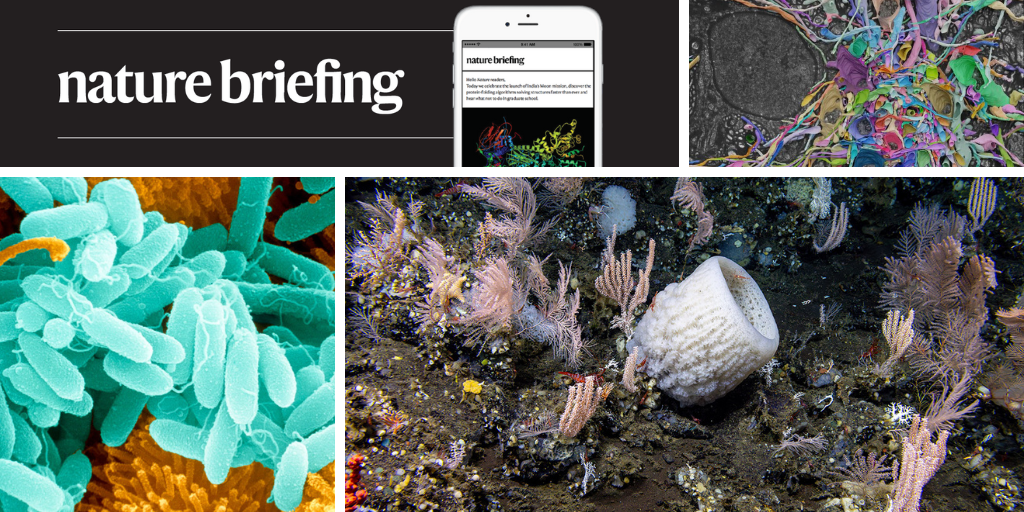You have full access to this article via your institution.
Hello Nature readers, would you like to get this Briefing in your inbox free every day? Sign up here.
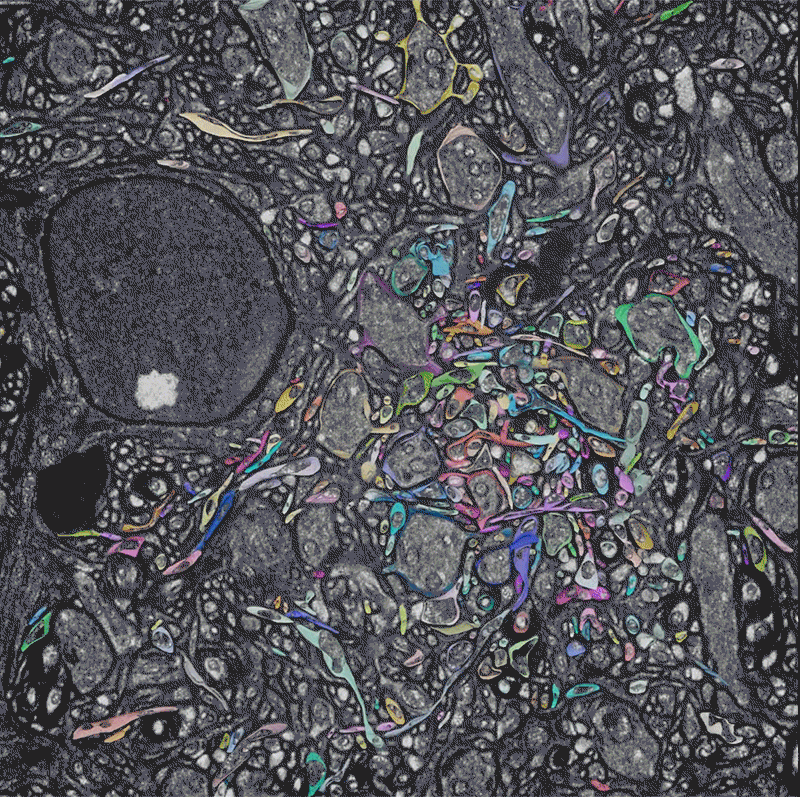
Researchers used an artificial-intelligence model to reconstruct neural circuits in brain samples imaged using a light microscope.Credit: Tavakoli, Lyudchik et al./Nature
A trick that inflates tissue samples to 16 times their original size has allowed scientists to map intricate patterns of cells in mouse brains with a cheap-and-cheerful light microscope. The approach, which uses gels that expand in water, makes details visible down to individual synapses — the junctions between neurons. Researchers behind the technique have used artificial intelligence to create colourful maps that show how brain cells connect, which molecules they use to communicate and whether their signals excite or silence other cells.
Pseudomonas aeruginosa — a strain of bacterium that often causes antibiotic-resistant infections in hospitals — can produce an enzyme that can break down medical-grade plastic. Researchers found that the enzyme, dubbed Pap1, can break down a plastic called polycaprolactone that is commonly used in health care because of its biodegradable properties. The ability to break down plastic could explain why these microbes persist in hospital environments, says biomedical scientist and study co-author Ronan McCarthy.
Reference: Cell Reports paper
After more than 20 years of trying, scientists have mapped the molecular structure of the taste receptor responsible for our perception of sweetness. They’ve also shown how two of the most widely consumed artificial sweeteners bind to the receptor and activate it. “This single receptor is responsible for our insatiable, never-ending attraction to sugar,” says neuroscientist and study co-author Charles Zuker. “And now that we have this structure, perhaps we can find ways to modulate its function.”
More than half of the children born in 2020 will face unprecedented exposure to heatwaves over their lifetime — even under a conservative projection for how climate change will unfold over the next 75 years. Under a more pessimistic forecast, that figure rises to 92%, compared with just 16% of those born in 1960. The study is among the first to pinpoint the generations and numbers of people that will experience an “unprecedented life” in terms of extreme heat, says climate scientist Wim Thiery.
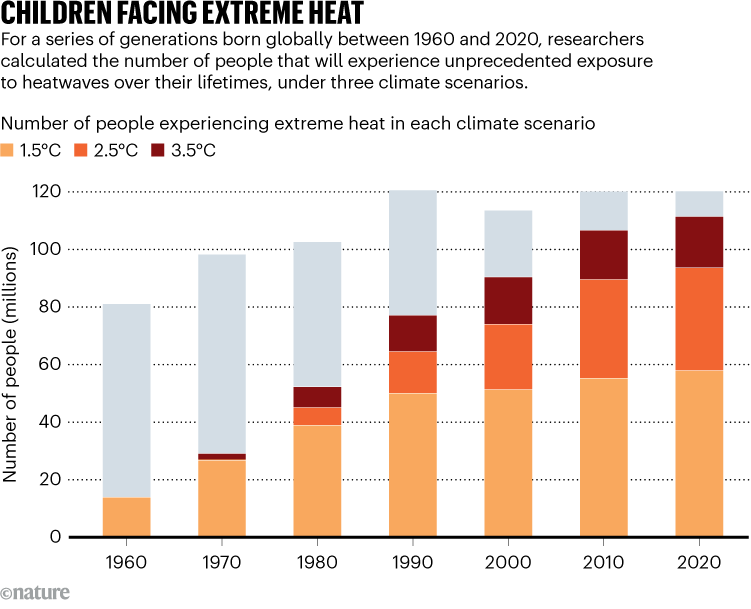
Source: Ref. 1
Features & opinion
Childhood solid tumours are unbearably cruel: they account for more than half of cancer-associated deaths in kids under 14 in the United States and few new cancer drugs have been approved for them. Now hope is on the horizon thanks to PROTACs — short for proteolysis-targeting chimeras — laboratory-made molecules that hijack the cell’s protein-disposal machinery. Typical drugs gum up the business end of a protein to inhibit its activity, while PROTACs eliminate the protein altogether. And the technology could target many other cancers too, as well as other diseases. Hard-to-drug proteins inside cells have roles in nearly every disease.
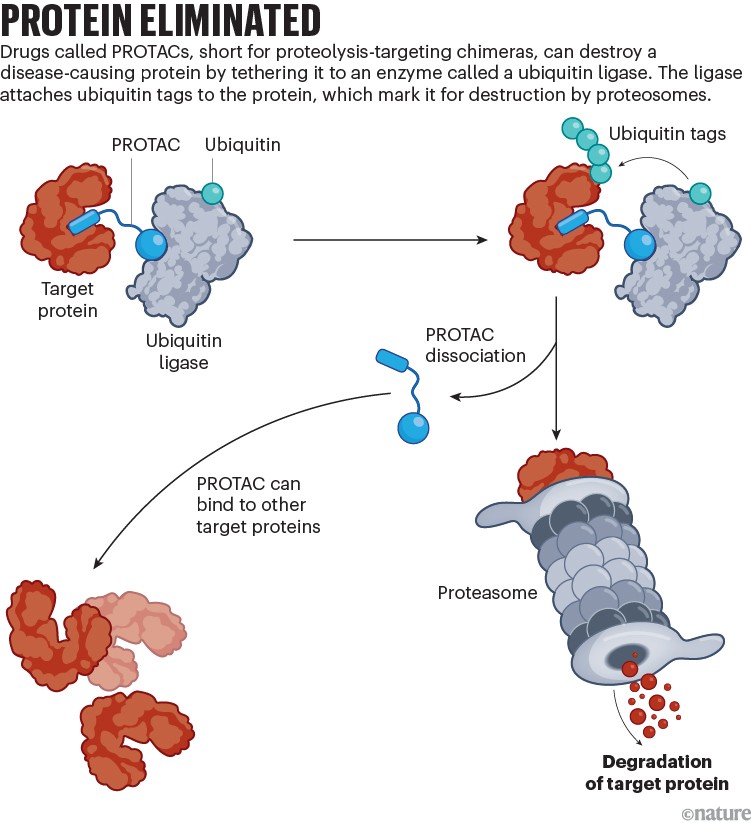
Behavioural-health researcher Jason ‘Jace’ Flatt has lost nearly US$5 million in federal grants because their research into health disparities experienced by LGBTQIA+ people is deemed ‘unscientific’ by the Trump administration. But they are determined to continue. “These are my people, and I want to make sure they’re taken care of,” says Flatt. “They’re the reason I can be married to my husband, and they’re the reason that I can be out at my job and not worry.”
Few things are as daunting as figuring out how — and where — to begin writing your PhD thesis. But considering the central statement of your entire research project can make structuring your writing much easier, suggests geographer Tuuli Toivonen. Her recipe for a clear synopsis includes:
• Identifying your claims
• Structuring your introductory chapter around the claims
• Writing the introduction, background and data and methods sections last
Infographic of the week
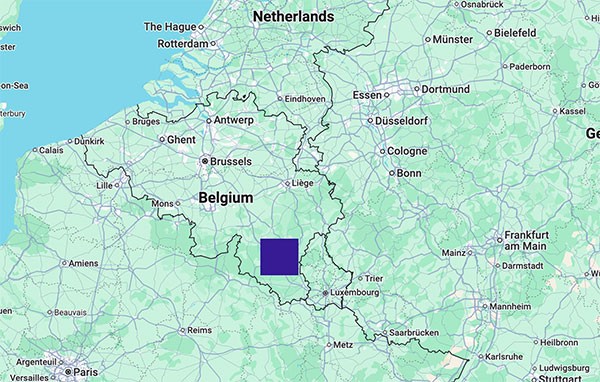
This blue square, roughly one tenth of the size of Belgium, represents the combined total area of the deep seafloor on Earth that we’ve imaged — approximately 0.001%. (Nature | 3 min read)
Reference: Science Advances paper (Ocean Discovery League/Google Maps)
Today I’m celebrating the one and only David Attenborough on his 99th birthday. Over the course of his 70-year career, the naturalist and documentarian has brought nature into our homes, unveiling the secrets of the world around us, championing conservation and inspiring millions.
Documentaries won’t be Attenborough’s only legacy: he also had a hand in swapping formerly white tennis balls to their now-emblematic yellow.
Help us find the best ways to bring Nature into your homes by sending your feedback to [email protected].
Thanks for reading,
Jacob Smith, associate editor, Nature Briefing
With contributions by Flora Graham and Gemma Conroy
Want more? Sign up to our other free Nature Briefing newsletters:
• Nature Briefing: Careers — insights, advice and award-winning journalism to help you optimize your working life
• Nature Briefing: Microbiology — the most abundant living entities on our planet — microorganisms — and the role they play in health, the environment and food systems
• Nature Briefing: Anthropocene — climate change, biodiversity, sustainability and geoengineering
• Nature Briefing: AI & Robotics — 100% written by humans, of course
• Nature Briefing: Cancer — a weekly newsletter written with cancer researchers in mind
• Nature Briefing: Translational Research — covers biotechnology, drug discovery and pharma


